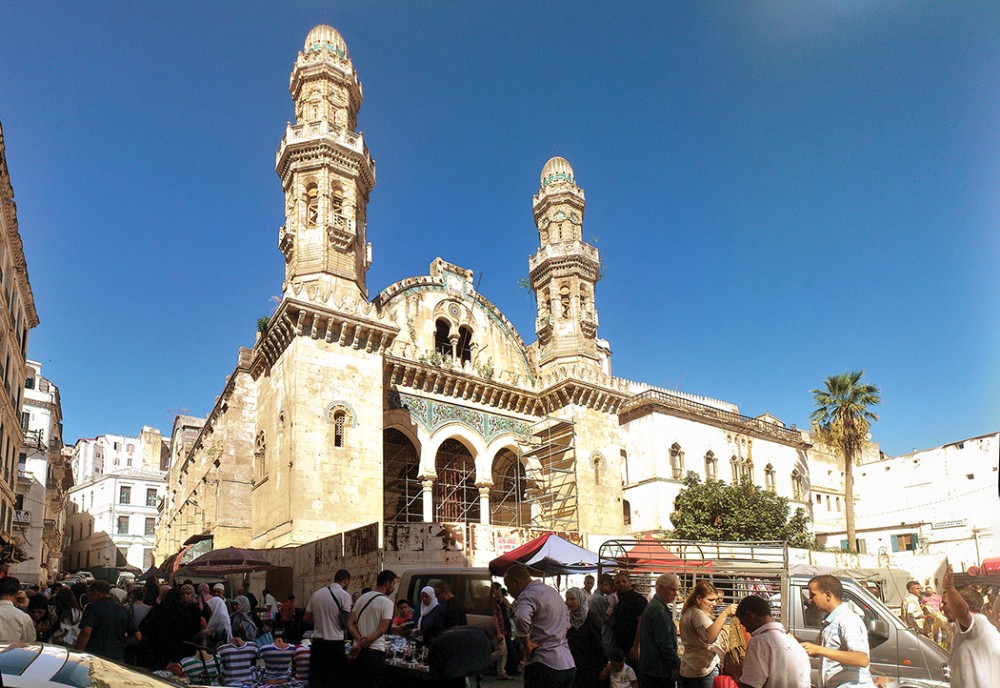The fraught history of Christians in Algeria
What began as a colonial land grab became the ground of martyrdom.

In modern times, two very different buildings have successively served as cathedral churches for the North African city of Algiers. The story of the two structures starts with a vast if flawed Christian aspiration in the region, which was followed by the near-total elimination of a thriving Christian community. It also recalls incidents of modern-day martyrdom.
In 1830, France began the annexation of the lands that we today call Algeria, an ambition that was completed through long and bloody wars. By the 20th century, Algeria was no mere colony; it was an integral part of metropolitan France, making Algiers in some ways as much a French city as Rouen or Marseille. European settlers, mainly Catholics, flooded into the land, so that by the 1950s they made up a million of Algeria’s 11 million people.
If the Algerian venture began as a naked imperial land grab, Catholic thinkers saw it as the foundation for something else: the reconversion of what in Roman times had been Christian North Africa. A bishopric was created in Algiers in 1838, with its seat at St. Philip’s Cathedral. This was established by appropriating a fine Ottoman mosque, dating from 1612. The first archbishop, in 1867, was Cardinal Charles Lavigerie, to whom the pope granted the evocative title of archbishop of Carthage and primate of Africa. Besides promoting extensive missions, Lavigerie dreamed of a modern-day crusading order—a well-armed militia Christi that would wander Africa defending pilgrims and suppressing slave traders.





